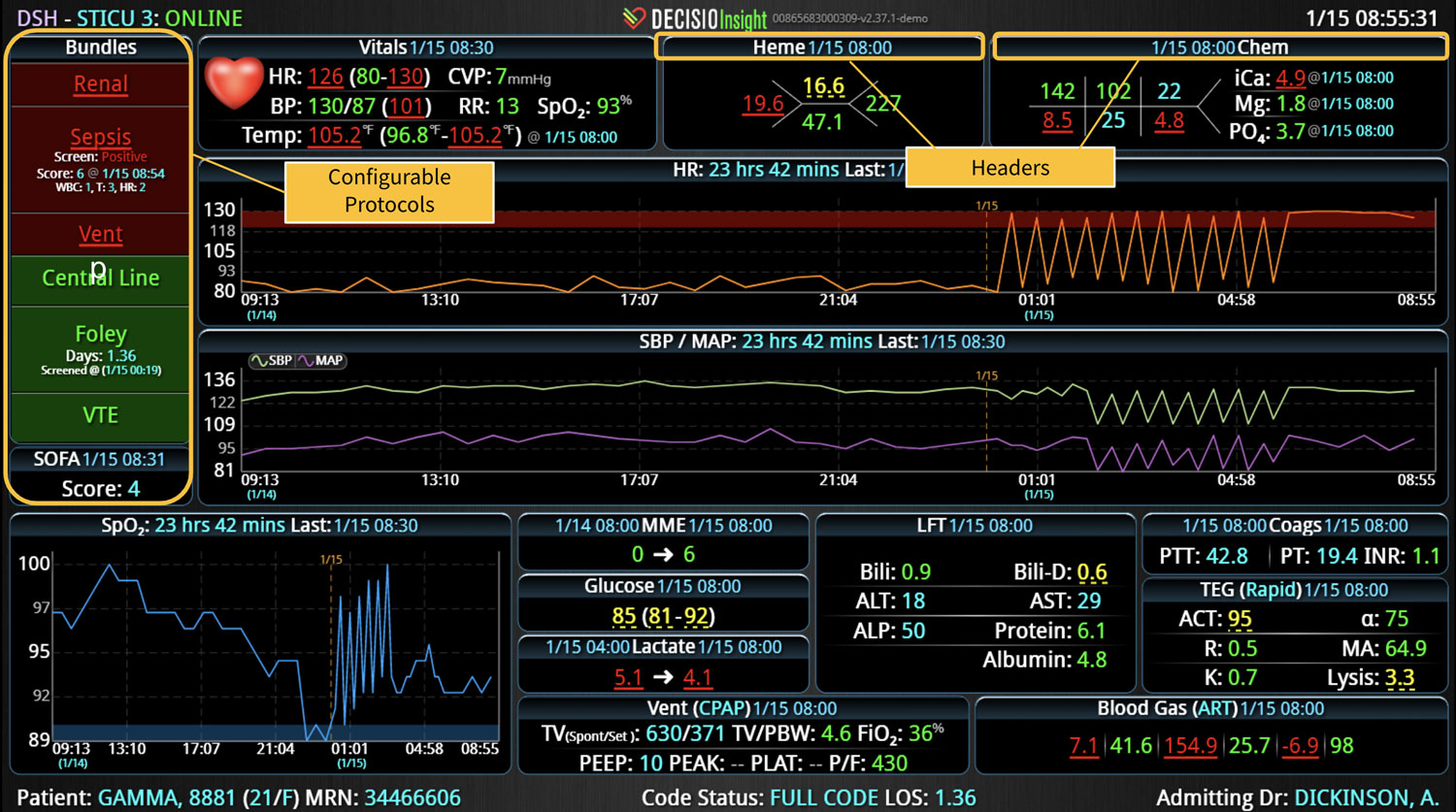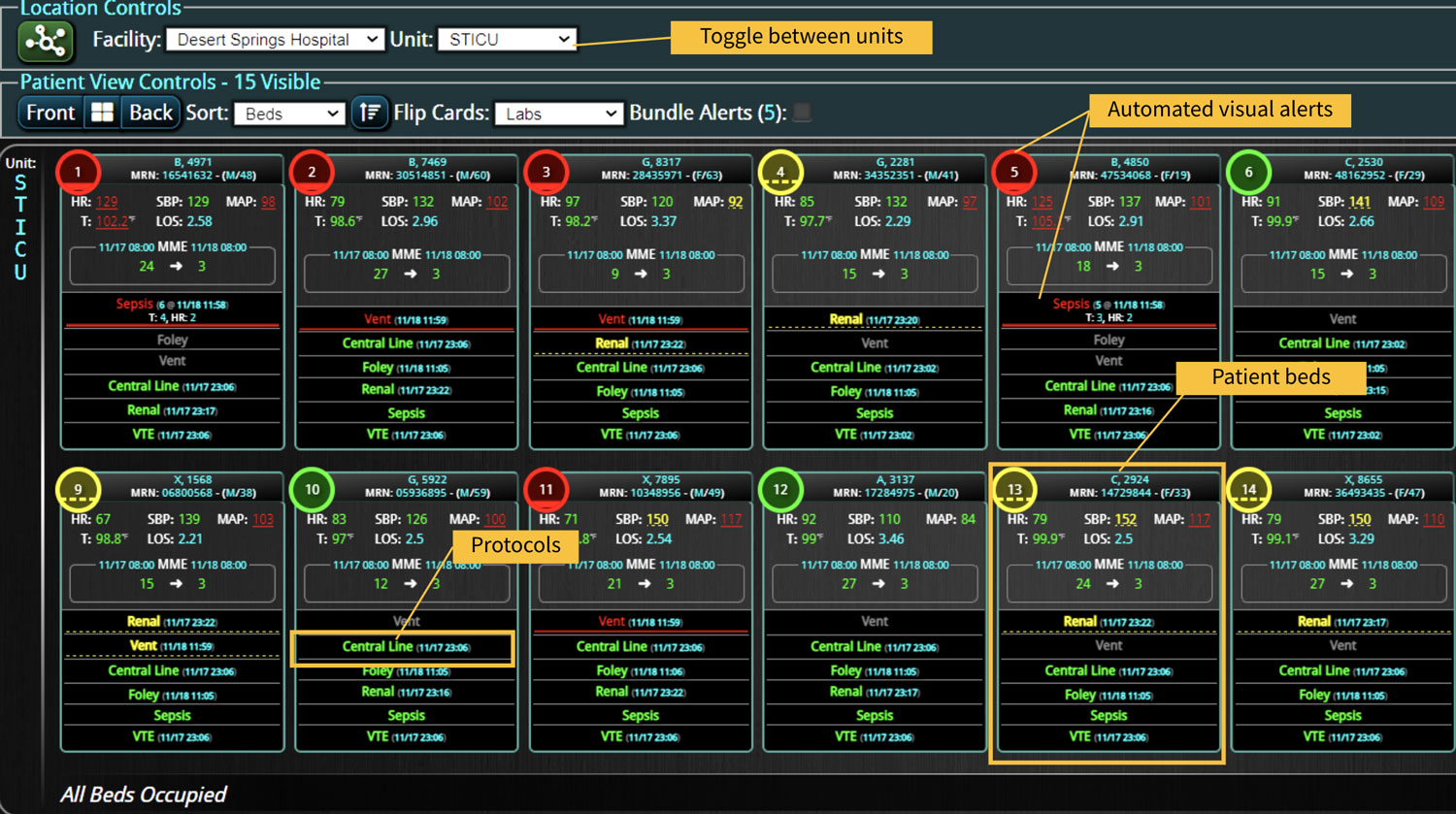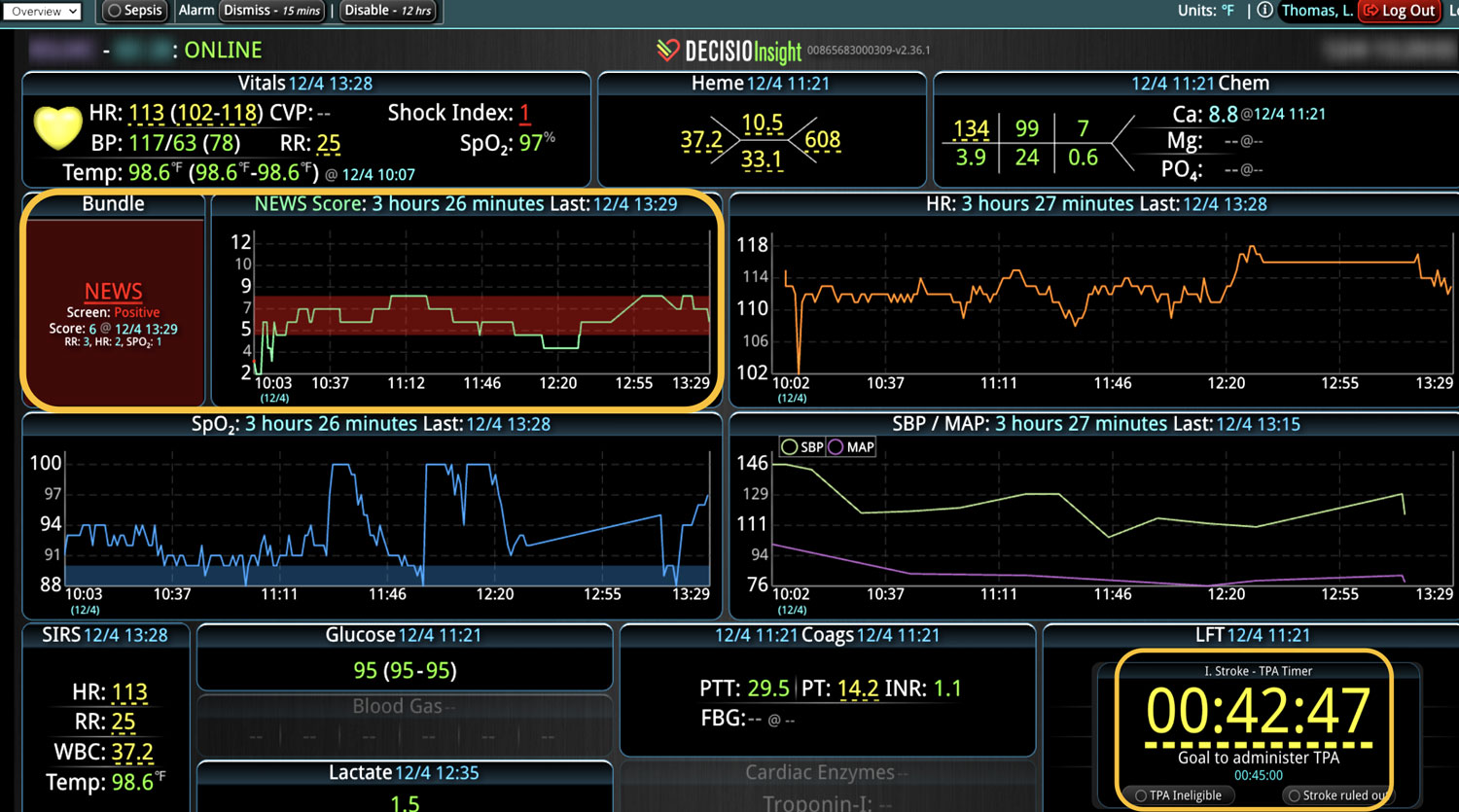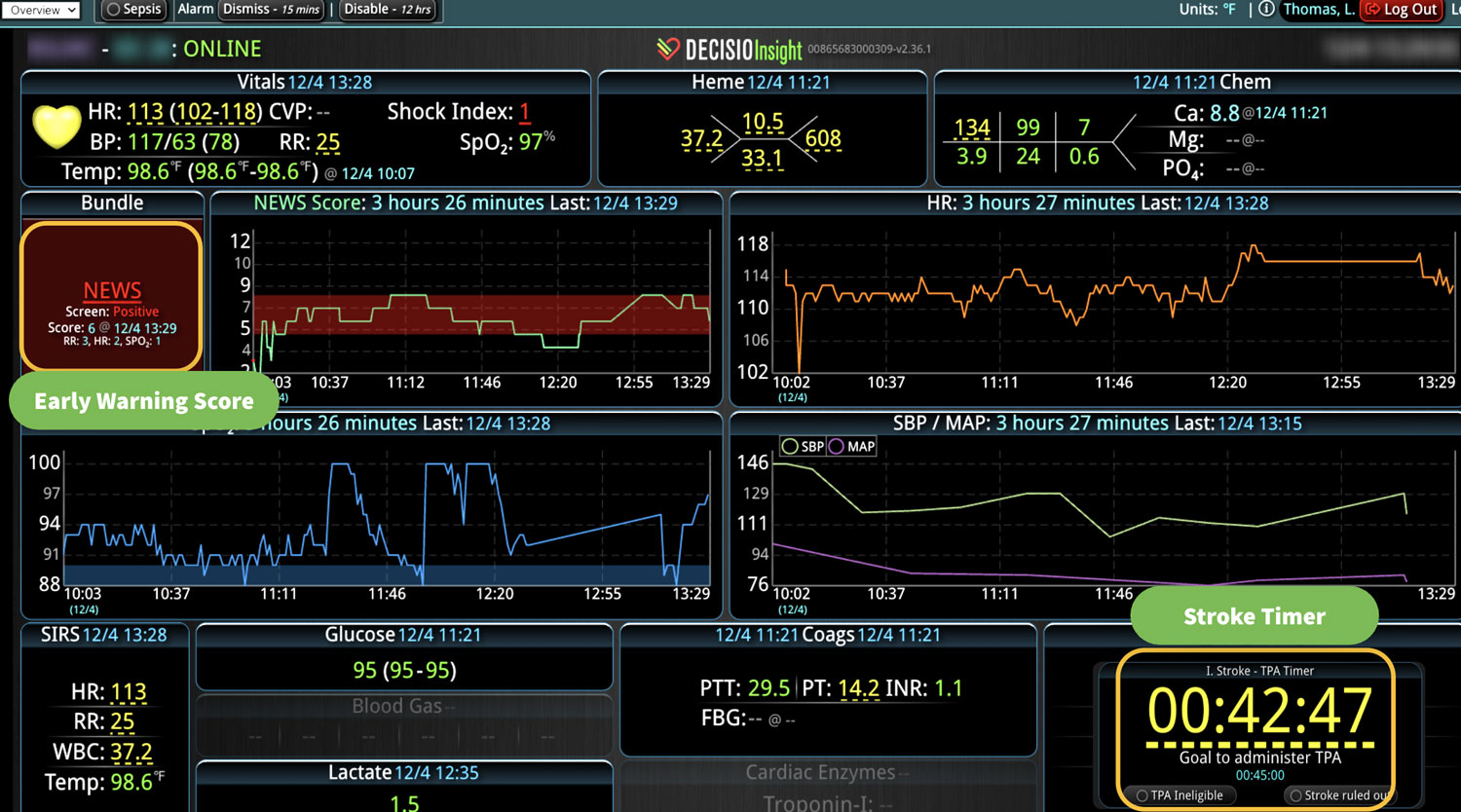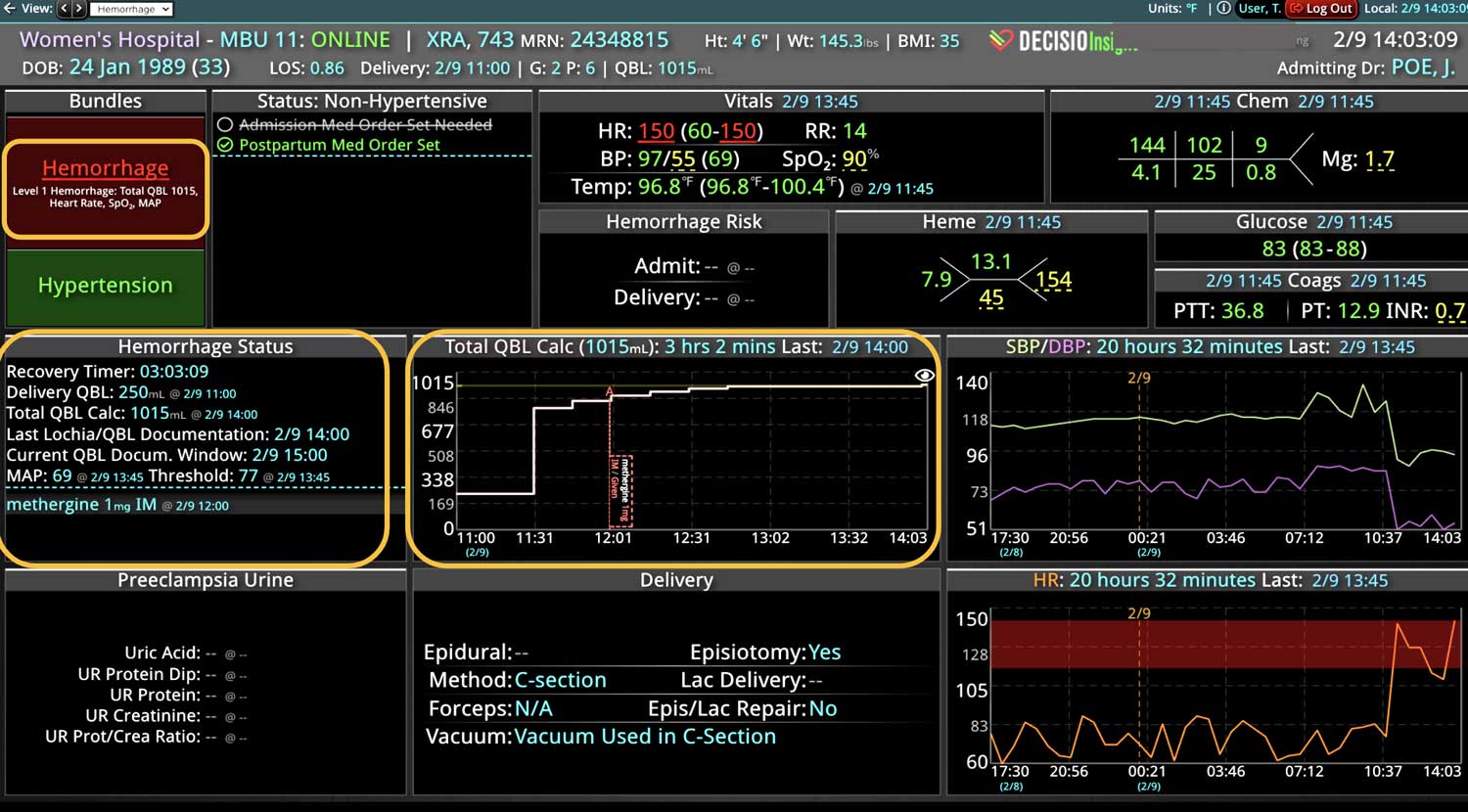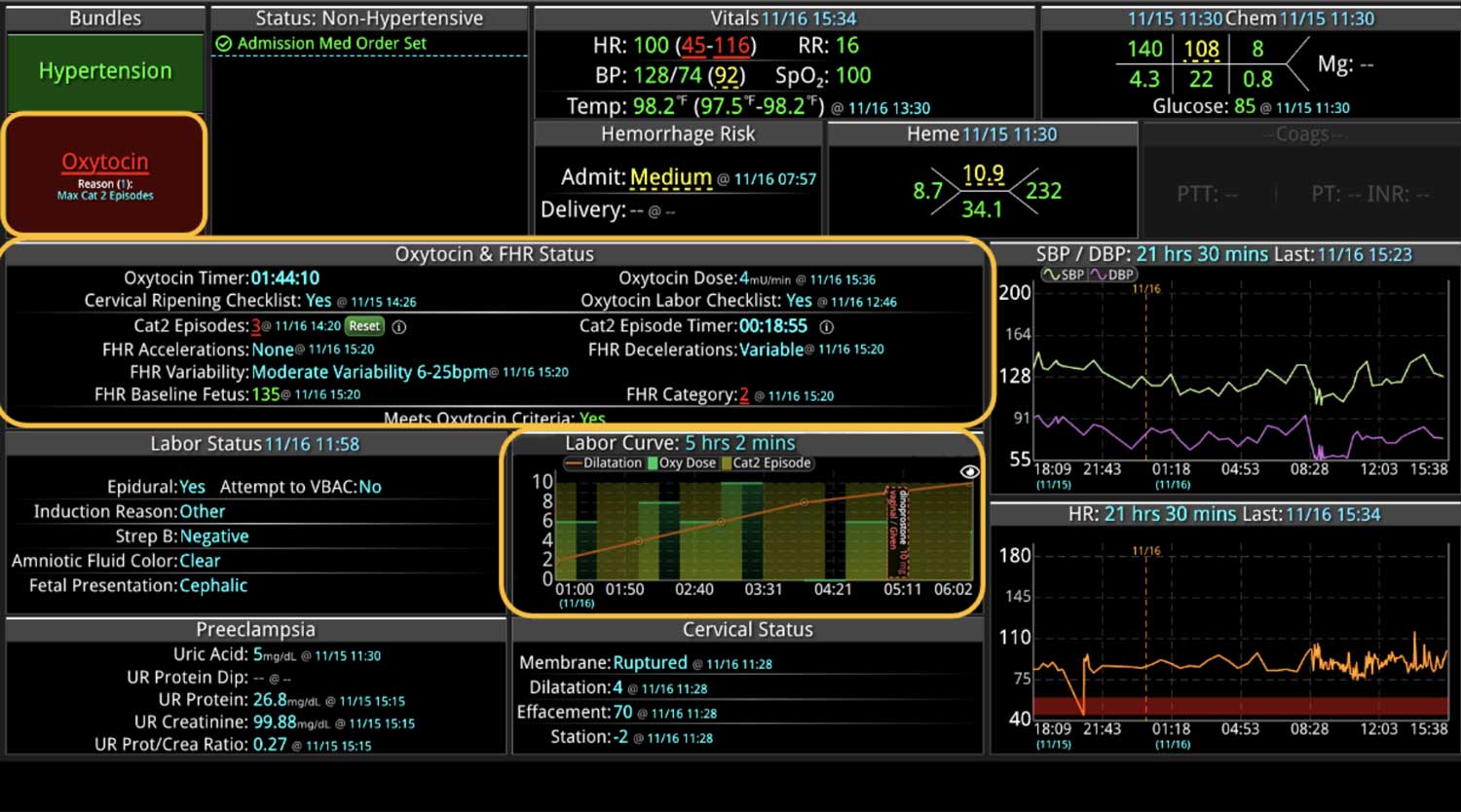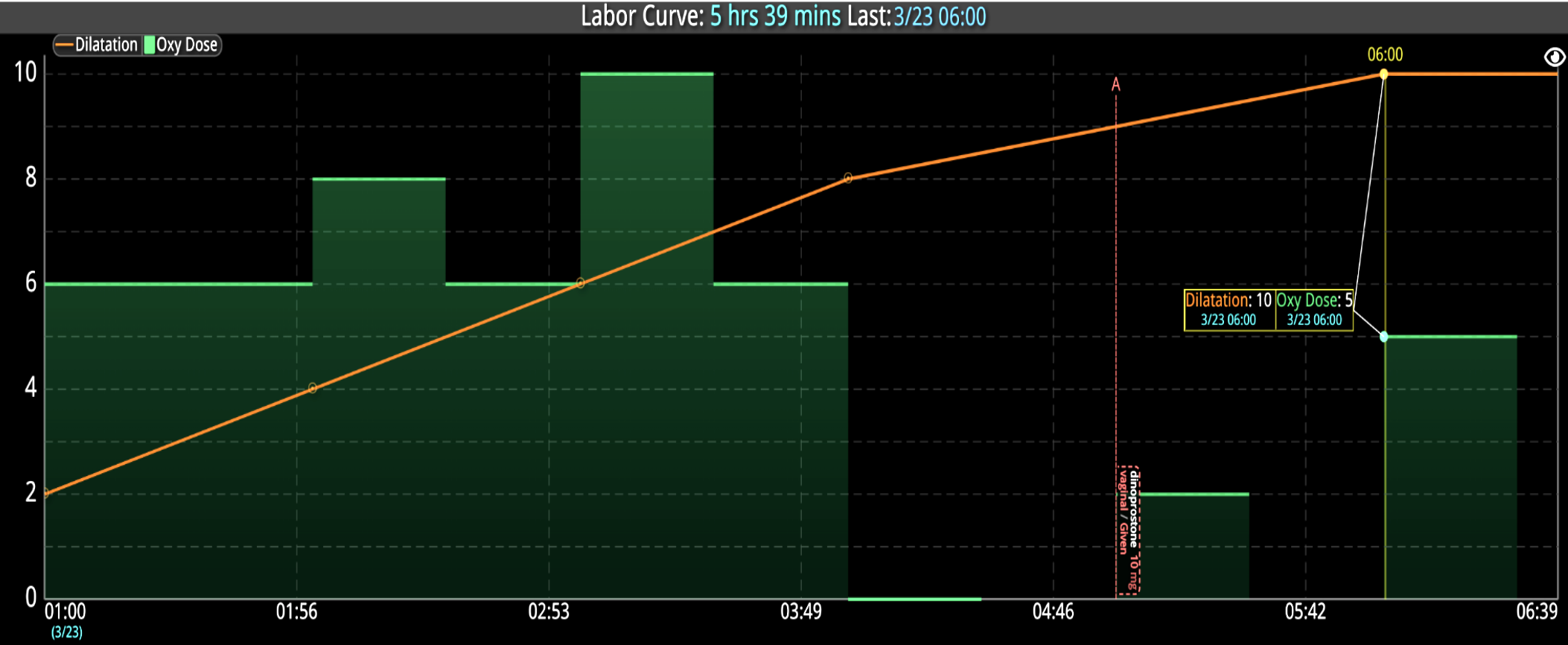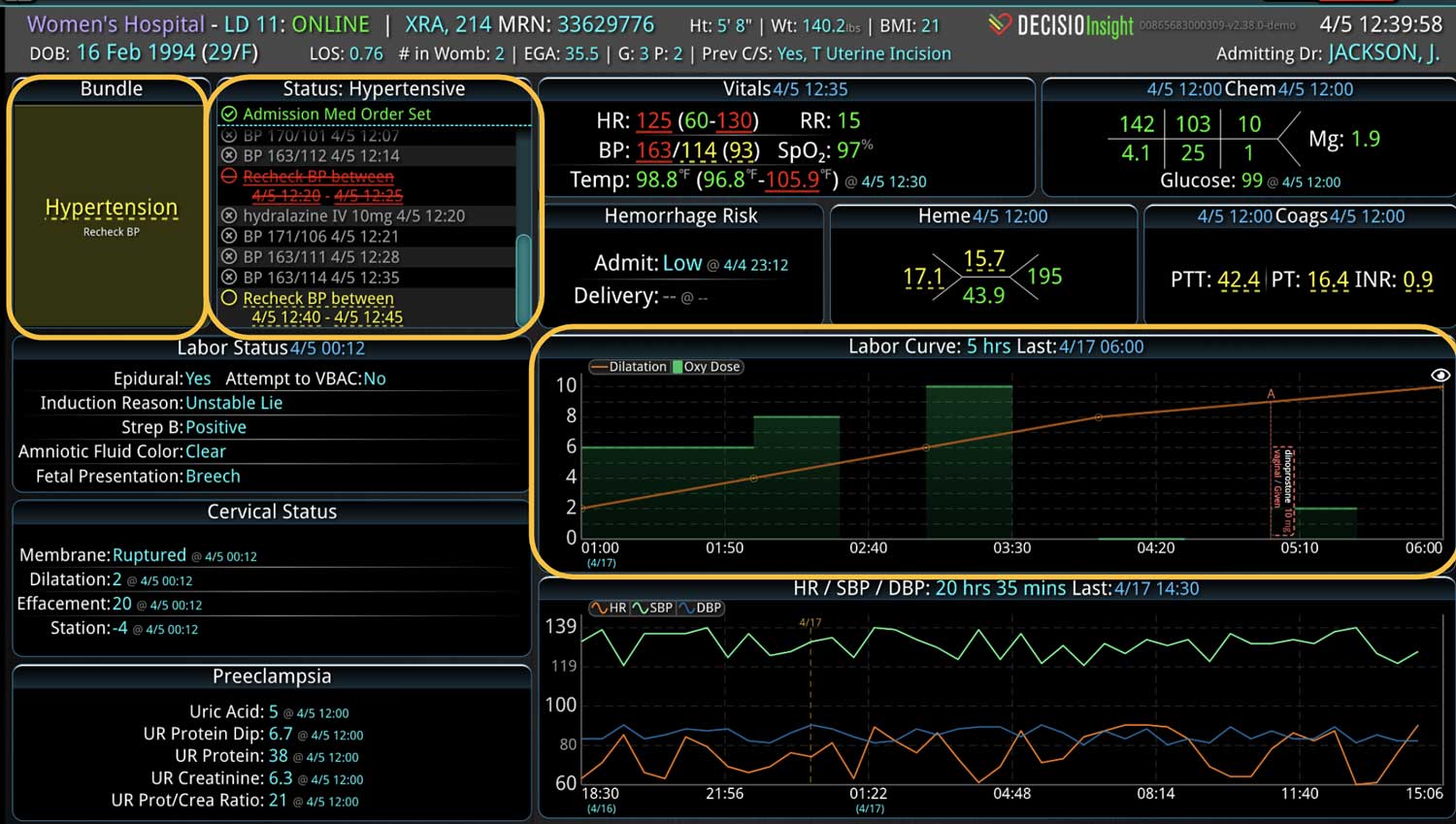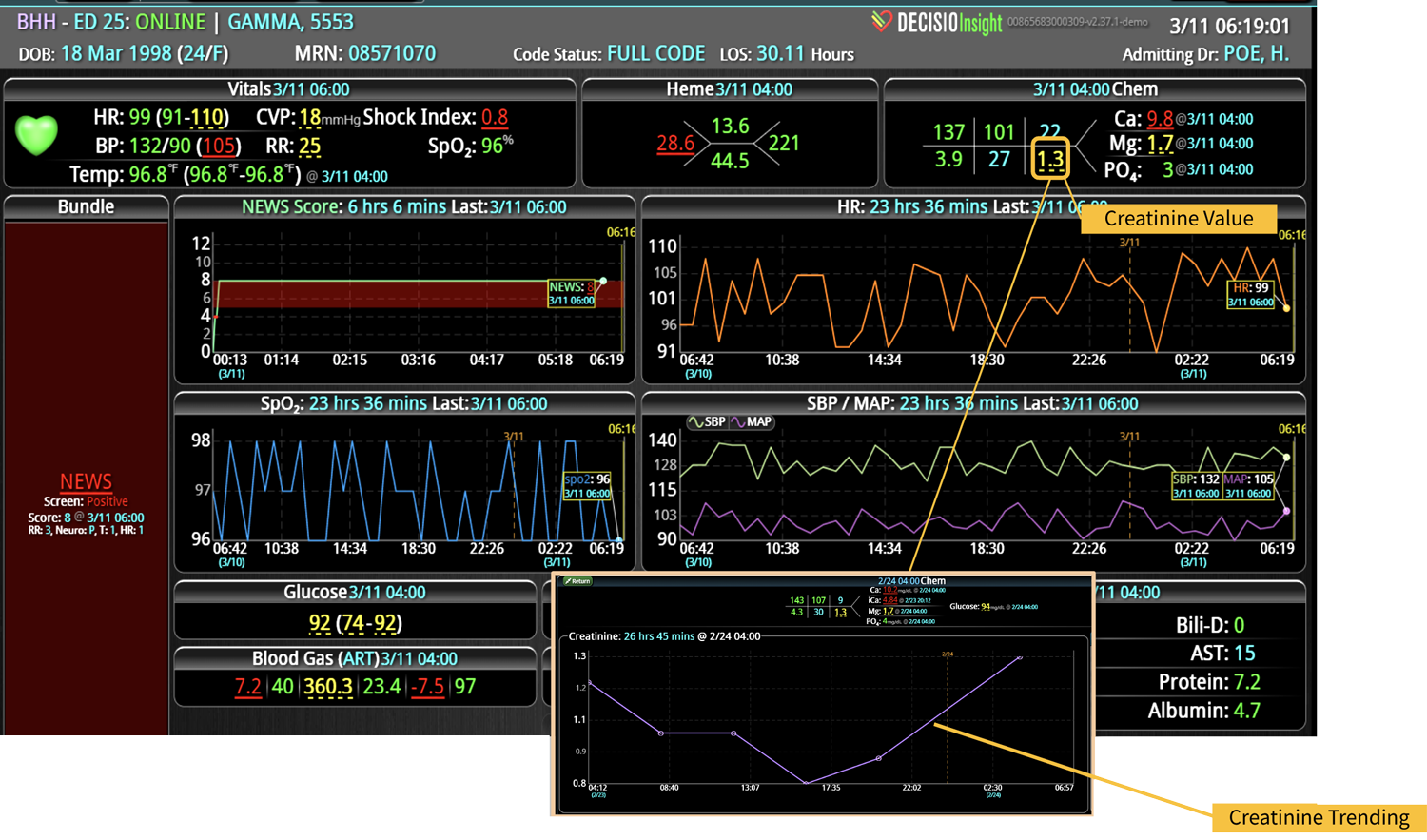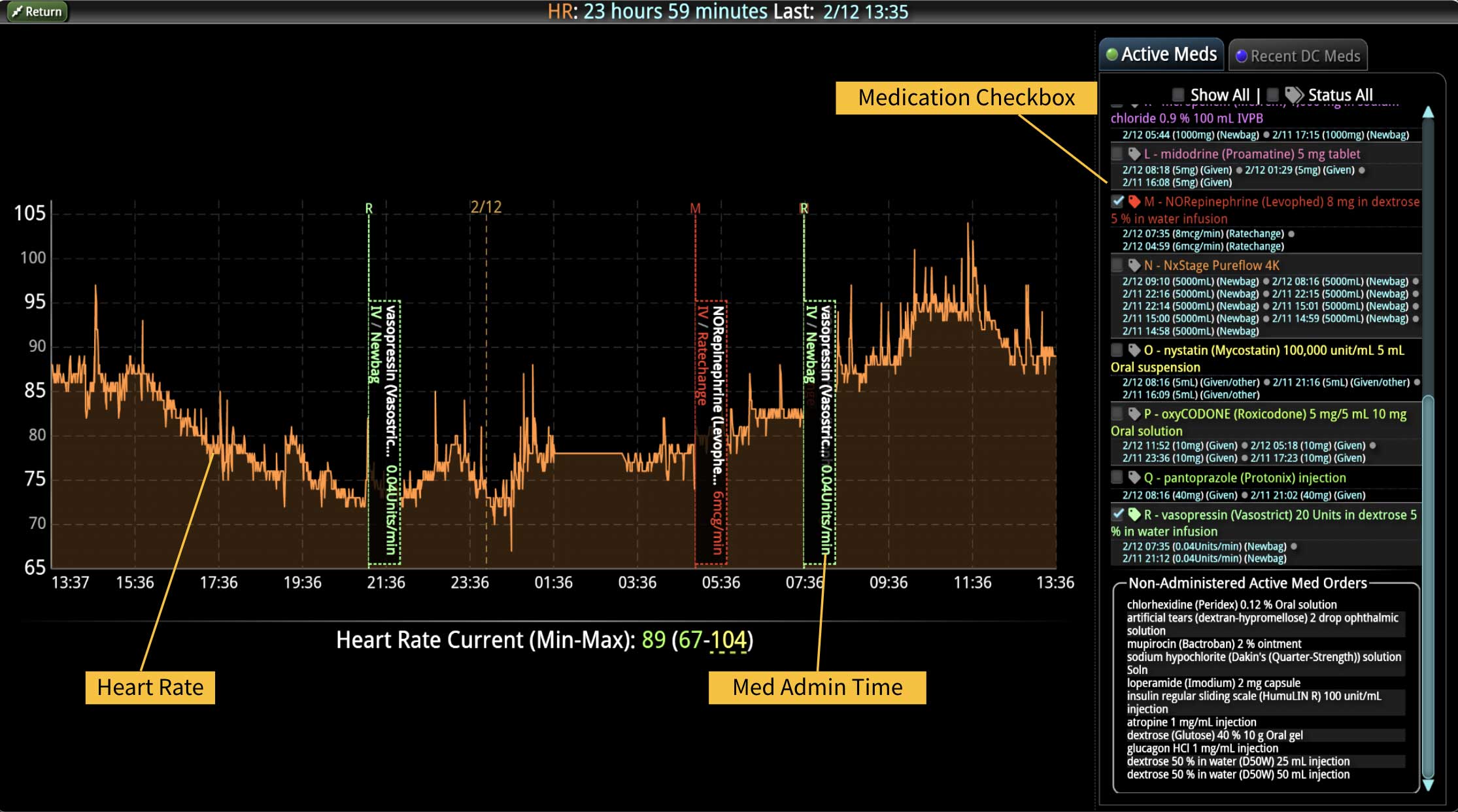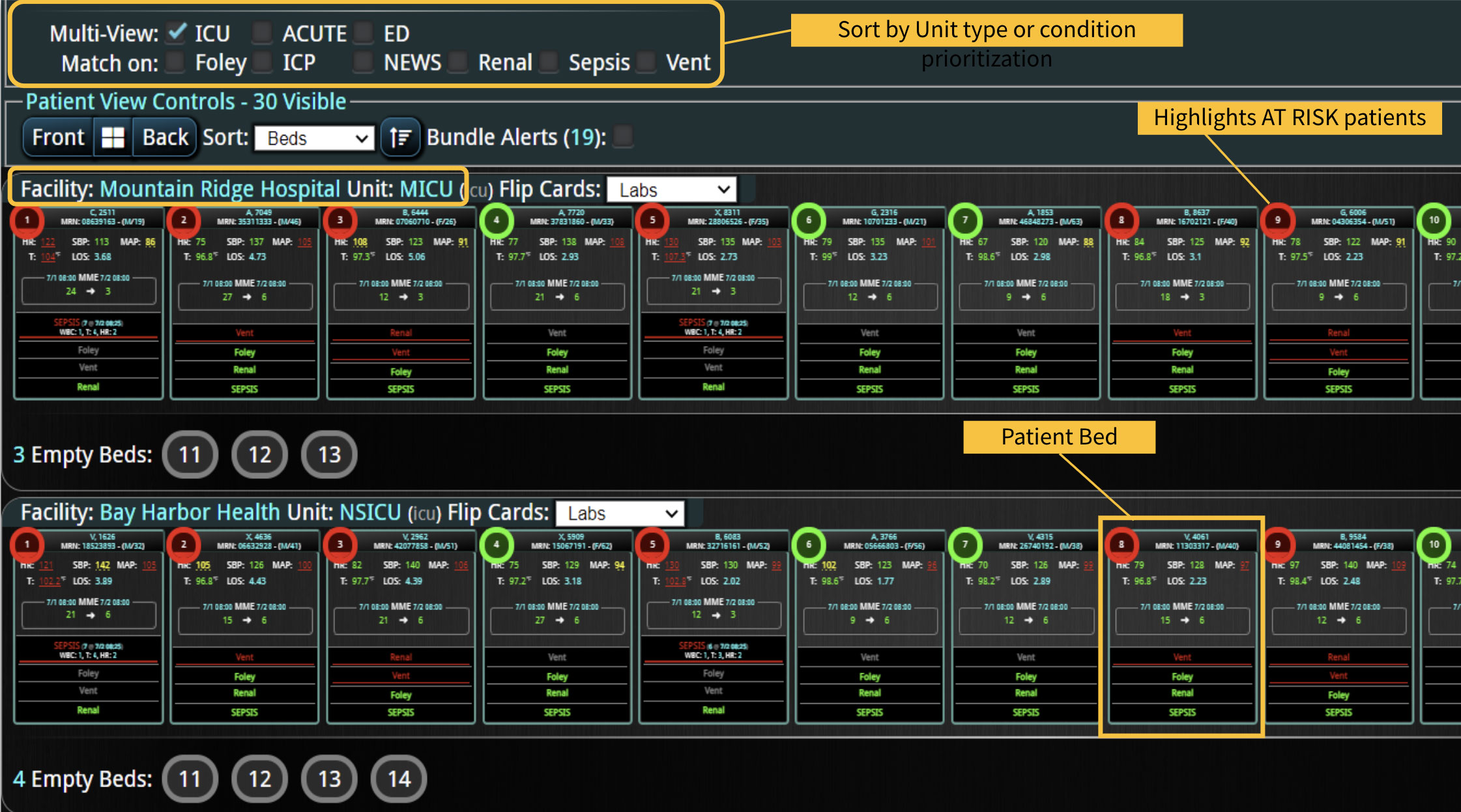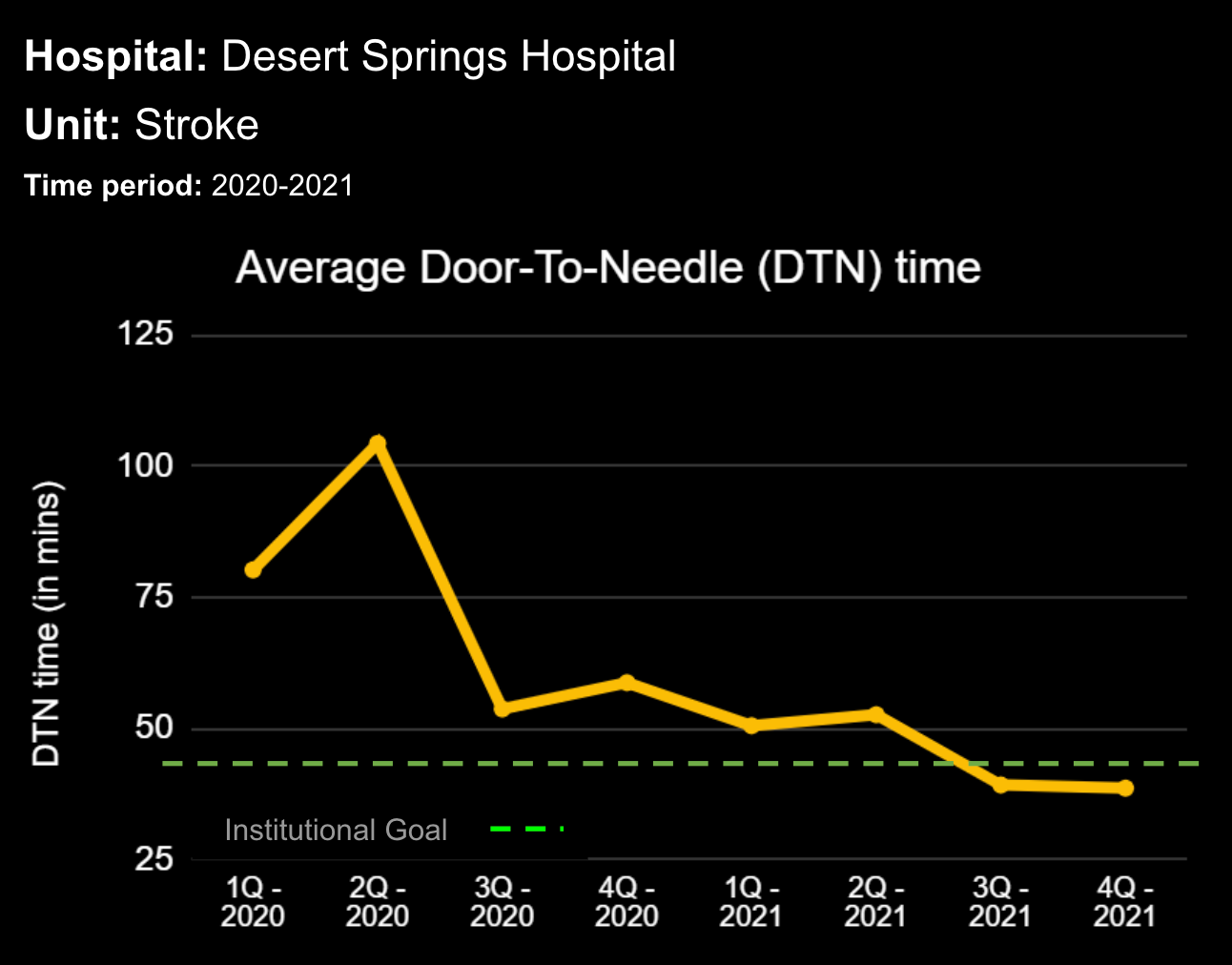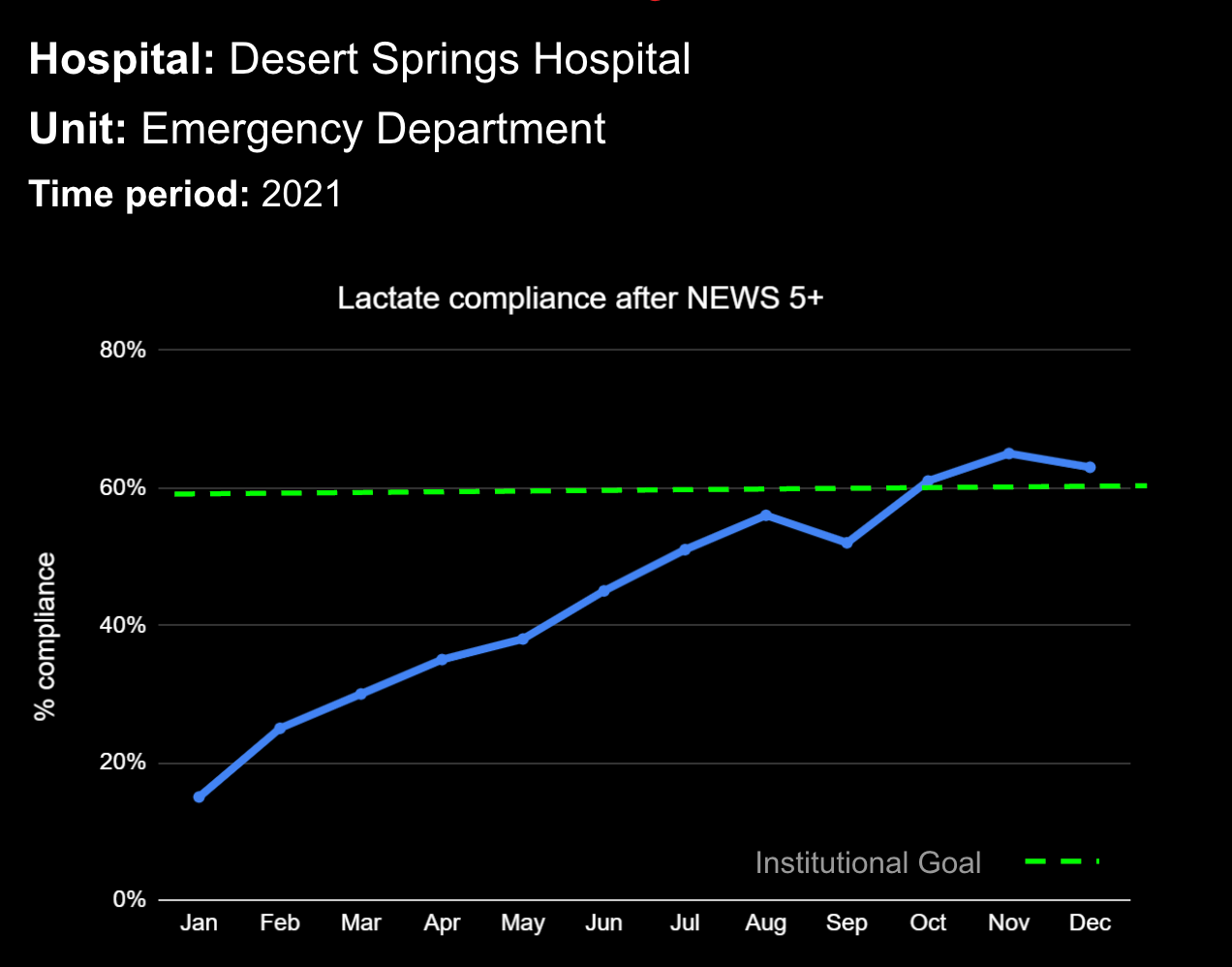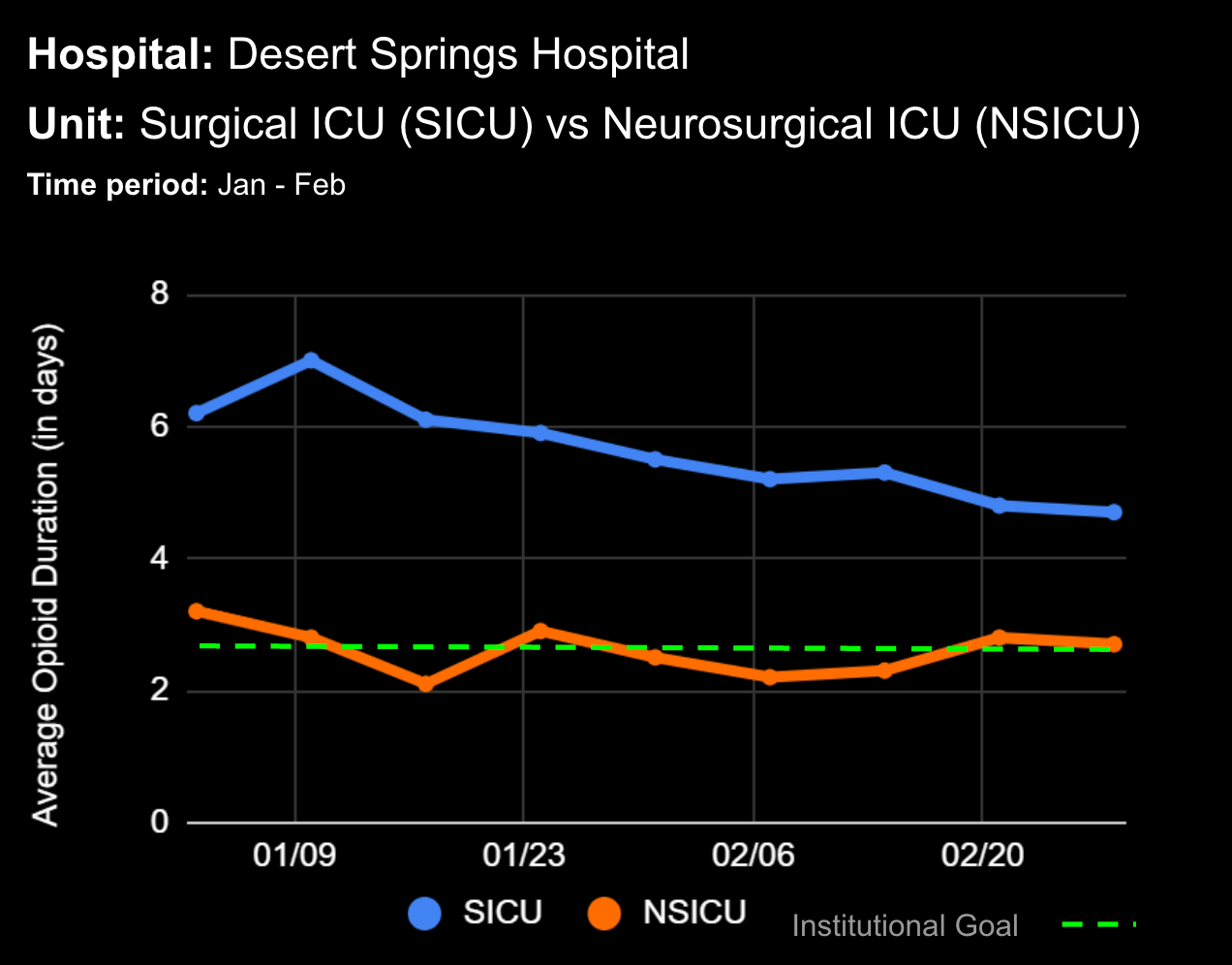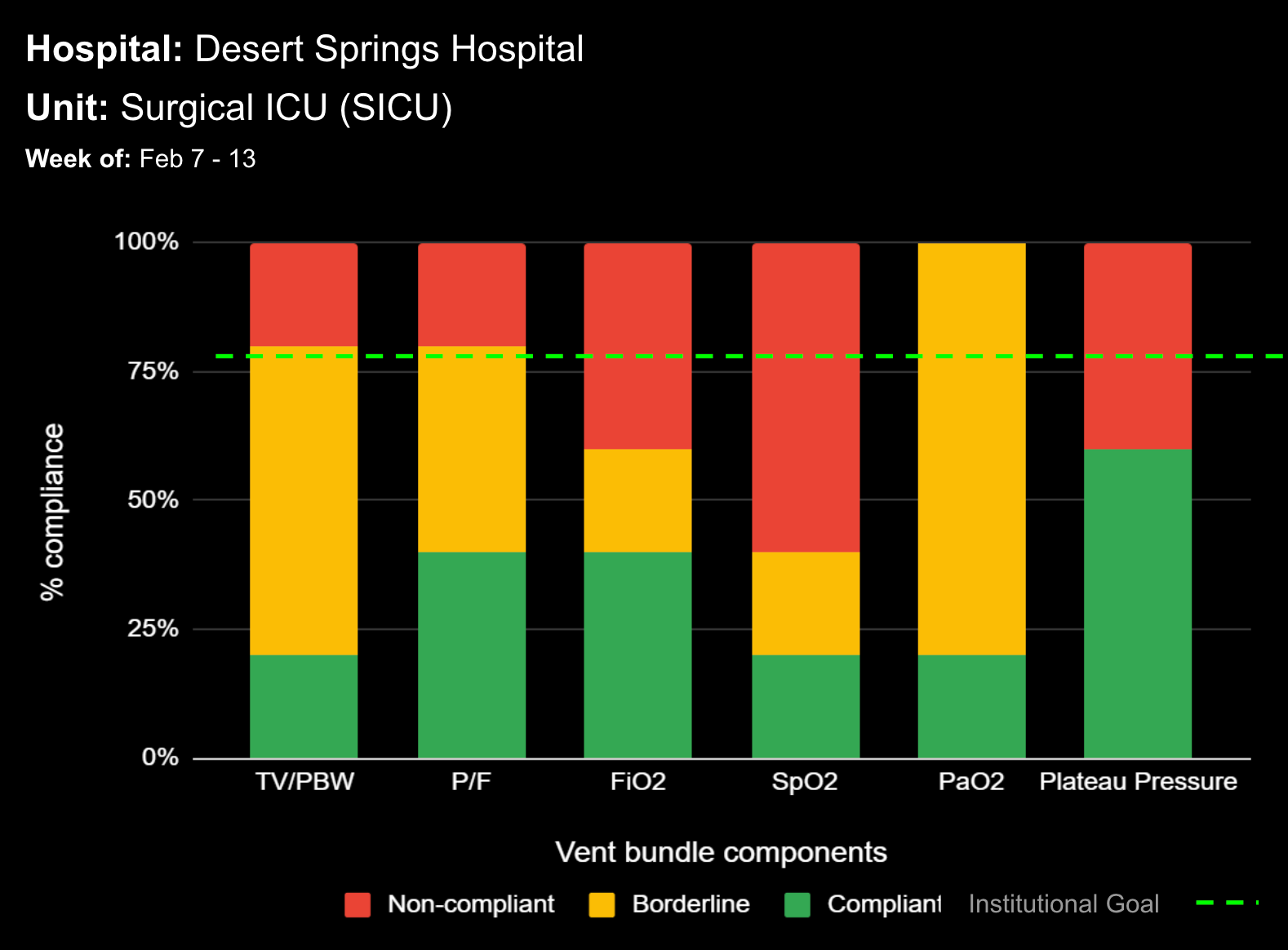
15 Aug The Future of Nursing is Virtual

The Future of Nursing is Virtual
You may have heard of virtual nursing, and it is a rapidly growing field that offers many benefits for patients, nurses, and healthcare systems. Today’s nursing workforce needs to provide a higher level of care to a more significant number of patients. This increased workload has resulted in higher levels of burnout and staff turnover. As healthcare demand continues to rise, virtual nursing is a tool to expand the reach and capacity of the healthcare system. Importantly, telemedicine itself is not new to nursing. The first telenursing standards were published in 2001 (American Academy of Ambulatory Care Nursing).1 By leveraging the advantages of advanced software and communication technology, virtual nurses can help increase access to medical care, reduce costs, and improve patient and healthcare provider satisfaction.
Increased Access to Care
Those living in rural or underserved areas have limited access to essential care services. Since the pandemic, telemedicine use has exponentially increased, and healthcare access in rural communities has improved. As the adoption of digital technology grows, the number of patients wanting or needing virtual care has also increased. Today, virtual nursing is used for both remote medicine as well as in-hospital monitoring and consults. Virtual nurses can assist with initial visits, triage, acute care, multi-disciplinary consultations, and continuous monitoring. However, as the patient load consistently grows, as does the need for more nurses and advanced technology.
Virtual nursing helps patients by providing access to advice from qualified nurses, even if they live far away from a hospital or other healthcare facility. Further, virtual nursing enables patients access to care from the comfort of their homes, which can be especially beneficial for those immunocompromised or unable to travel to a doctor’s office or hospital. By leveraging the ability of virtual nurses to triage cases and concerns, healthcare systems can also reduce bottlenecks and shorten wait times for physician appointments.
In the United Kingdom, an evaluation of the impact of virtual nursing care found that its use provided greater access to care and allowed more of a patient’s support system to be present during appointments.2 Virtual clinic appointments allowed patients and family members to hear and participate, which can significantly assist evaluations, improve patient understanding and ensure proper follow-up care. Thus, most nurses in this study supported the continued use of virtual care.
Improved Patient Communication
Virtual nurses often use video conferencing to communicate with patients in real-time. While technology can be challenging, the general population has become more familiar and comfortable with video conferencing platforms. The virtual setting can allow the nurse to capture imaging and pull up resources and education materials in real time for the patient to review. This shortened process can improve communication and understanding between the patient and the nurse. As mentioned before, virtual communication can also allow the patient’s caregivers to participate when needed to ensure that the support required is in place.
Improved Outcomes and Reduced Costs
Virtual nursing has also been shown to improve patient outcomes. A pilot study in the acute care setting incorporated virtual nursing for certain tasks (admission, discharge, education, care, medication coordination, pre-op checklists, and patient rounding).3 After 16 weeks, an overall decrease in the average length of stay was documented.3 Reducing the time in the hospital benefits both the institution and the patient.
Regarding patient care satisfaction, multiple studies have documented improved patient satisfaction scores when virtual nursing programs are used. This improved score is likely because virtual visits are more convenient and can be tailored to the patient’s individual needs. For the patient, virtual nursing can reduce the cost of travel and parking, and it can save time. The acute care pilot study of virtual nursing also documented an annual expected cost avoidance of $500,000.3 Whether using virtual nursing platforms for in-hospital or remote monitoring, conditions can be monitored and treated sooner to avoid any further worsening of the condition.
Enhanced Clinical Experience
A key advantage of virtual nursing is the enhanced ability to collaborate with other healthcare providers, such as doctors and nurses, to provide a comprehensive evaluation or other patient care. At the Mayo Clinic, a virtual nursing system was implemented to provide a novel general care nursing model. An expert RN worked remotely to provide access and support to the bedside nurses. The system supported the in-person staff and enabled junior nurses to better navigate challenging or unfamiliar situations.
Like the UK study, others have noted that the increased work schedule flexibility offered to virtual nurses has resulted in the expansion of such programs. Nurses can work from home or other remote locations, giving them more control over their work-life balance. Without question, additional savings are added when virtual technology improves retention and reduces nursing turnover. The pilot study saw a 40% decrease in nursing position turnover during the study period.3
The ideal technology allows the virtual nurse to direct and monitor patient care in real-time. Thus, a key to successful virtual nursing programs will be incorporating clinical decision support (CDS) software within the workflow. CDS provides real-time analysis of patient data and presents the findings and trends alongside the latest in clinical guidance. Integrating patient data and guidelines enhances the ability of the nursing staff to monitor and respond to multiple patients while reducing care variation. The incorporation of CDS also opens numerous avenues for process optimization. The software can quickly identify critical areas for change or workflow improvement. Overall, as technology improves, so will the care if the programs continue to invest and adapt.
The Future
Virtual nursing has the potential to revolutionize how healthcare is delivered, and it already positively impacts many people’s lives. While initially used for acute care and intensive care settings, the expansion of virtual nursing continues to other departments, such as general inpatient care.4 Systems for virtual nursing must adapt to changing guidance and further integrate monitoring capabilities to ensure that care is not just convenient and accessible but also comprehensive.
DECISIO is a Texas-based company with specific expertise in clinical decision software and the healthcare industry. Our software experts work alongside clinicians and administrators to provide a framework for developing unique programs to address specific situations and improve communication, data management, and outcomes. Learn more about InsightIQ and DECISIO’s suite of products at: https://www.decisiohealth.com/
References
- Martich D. Telehealth Nursing: Tools and Strategies for Optimal Patient Care. New York, NY: Springer Publishing Company. 2017.
- Hughes L, Petrella A, Phillips N, Taylor RM. Virtual care and the impact of COVID-19 on nursing: A single centre evaluation. J Adv Nurs. 2022;78(2):498-509. doi:10.1111/jan.15050
- Trepanier S, Schlegel S, Salisbury C, Moore A. Implementing a Virtual Team Model in the Acute Care Setting. Nurs Admin Q. 2023;47(3):249–256.
- Roberson AE, Carlson M, Kohler CM, Harris PA, Volkmann CL. Initiating Virtual Nursing in General Inpatient Care. Am J Nurs. 2023; 123(6):48-54. doi: 10.1097/01.NAJ.0000938736.42266.5e.
Learn more About How we help clinicians improve patient outcomes
Schedule a call with our team to discuss how we are helping our clients revolutionize how clinicians manage patient interventions.





